Placelinking: An Emergent Approach to Improving Economic Mobility Outcomes
By Ben Seigel, Tena Spencer, and Elizabeth Talbert
Neighborhoods, including their schools, housing stock, access to jobs, and social capital, impact the long-term economic success of children. Thanks to Raj Chetty’s and Nathan Hendren’s groundbreaking research, the ability to quantify this impact is now possible. Their analysis of Internal Revenue Service (IRS) data shows the causal relationships between where a young person grows up and their future earnings. For example, a young boy raised in Baltimore City can expect to earn 28 percent less in household income as an adult than the national average.
Neighborhoods that trap residents into downward mobility are often geographically isolated. Throughout the 20th century, real estate policies and practices that promoted redlining and suburbanization coupled with depopulation in many cities and highway building programs left visible scars on many urban landscapes. Abandoned railway lines, blocks of vacant housing, burnt out industrial buildings, and multilane roadways physically separate communities and disrupt the fl ow of people and commerce. This unhealthy infrastructure blocks access to jobs, human services, enrichment opportunities, and other essential resources that allow neighborhoods and their residents to thrive. Policy interventions to improve economic mobility outcomes for residents of distressed, isolated neighborhoods have generally fallen into two categories:
- Place-based initiatives that revitalize entire communities by developing new housing, schools, businesses, and community facilities, while also providing an array of integrated services and human capital investments in residents.
- Housing mobility programs that move families into better neighborhoods via vouchers or other subsidies.
We believe policymakers and researchers should pay greater attention to potential middle category between place-based initiatives and housing mobility programs, a model we refer to as placelinking. Placelinking seeks to improve existing, isolated neighborhoods by better connecting these communities through improved transit, parks and recreation, and other forms of infrastructure and amenities.






